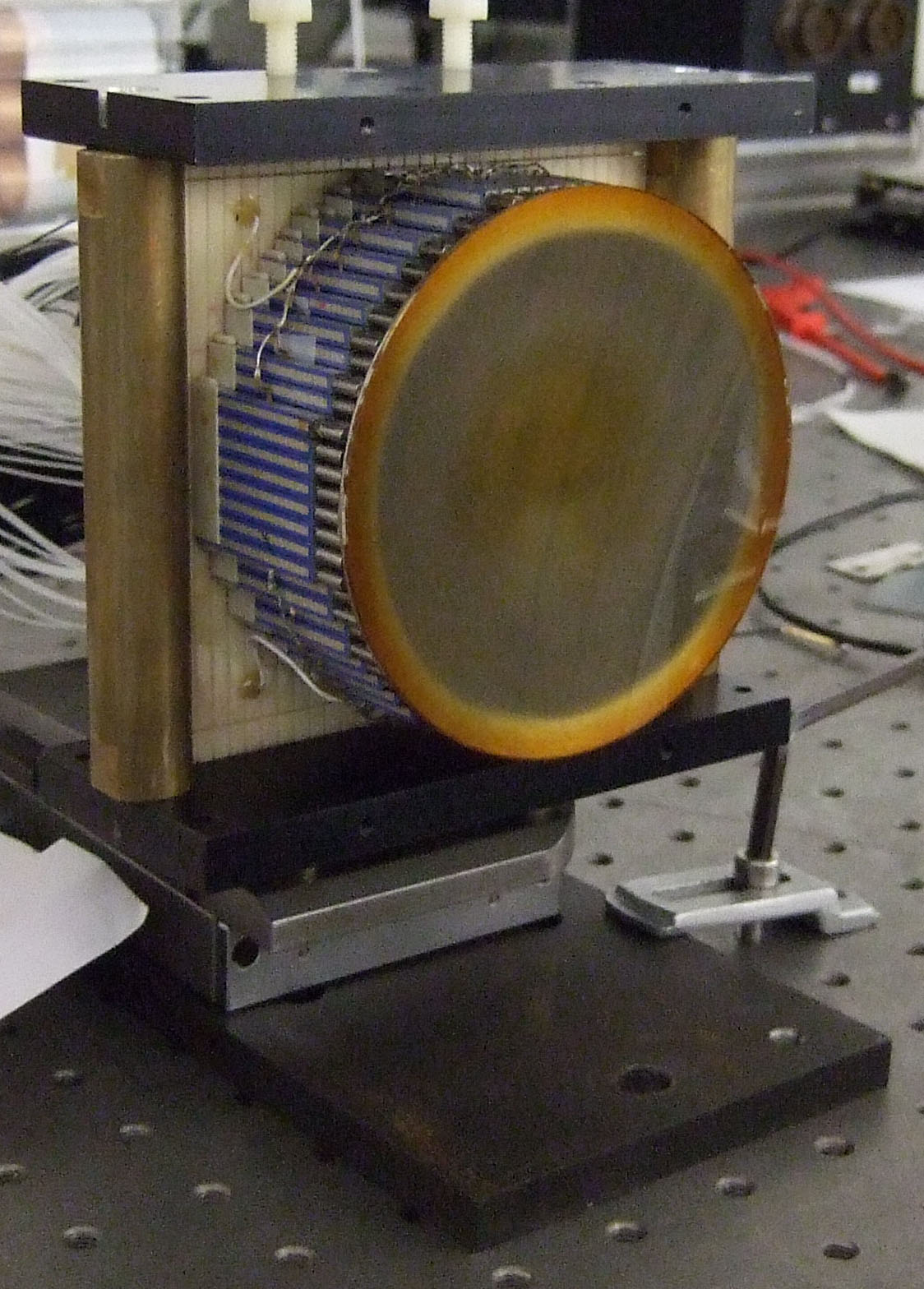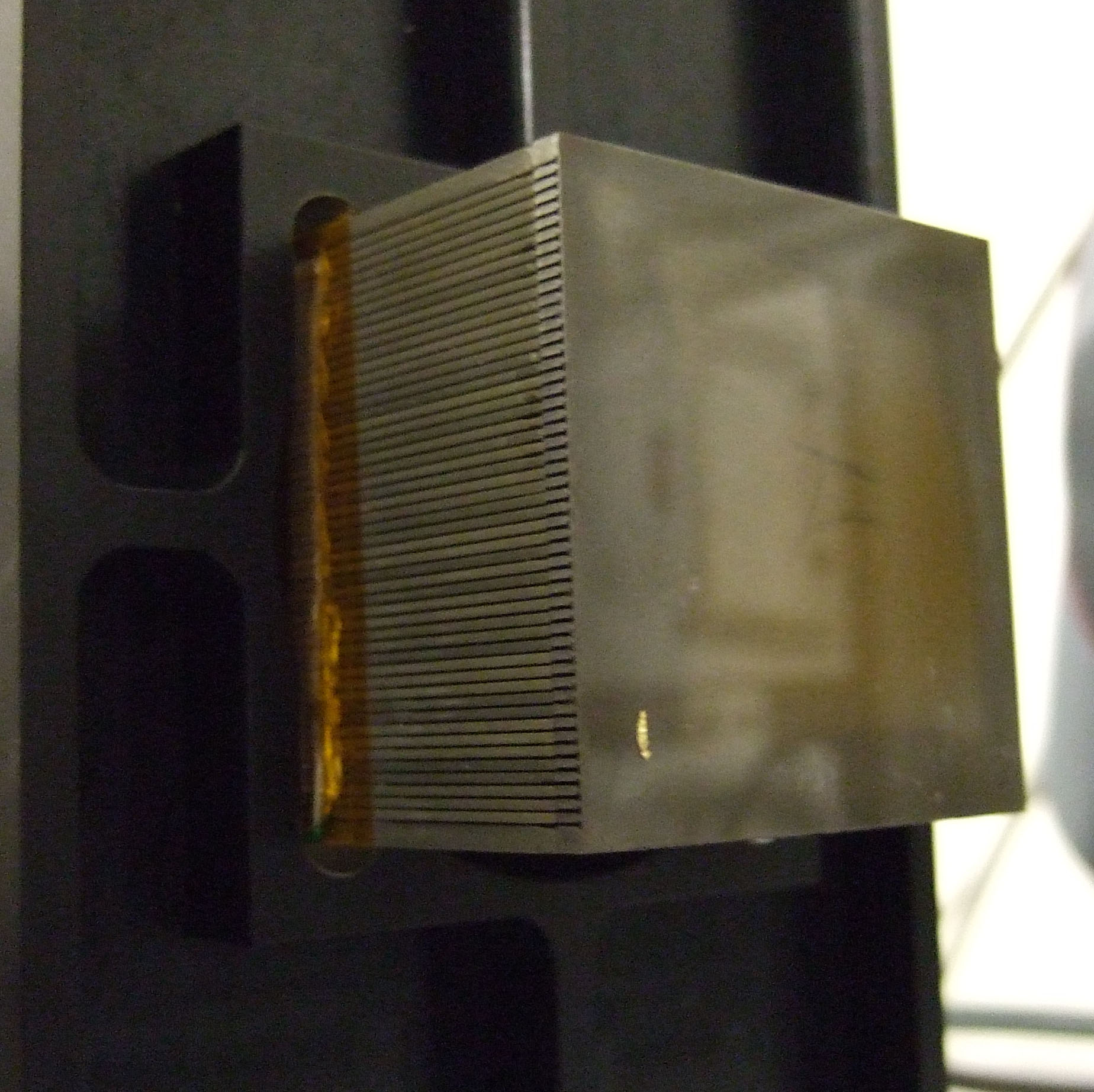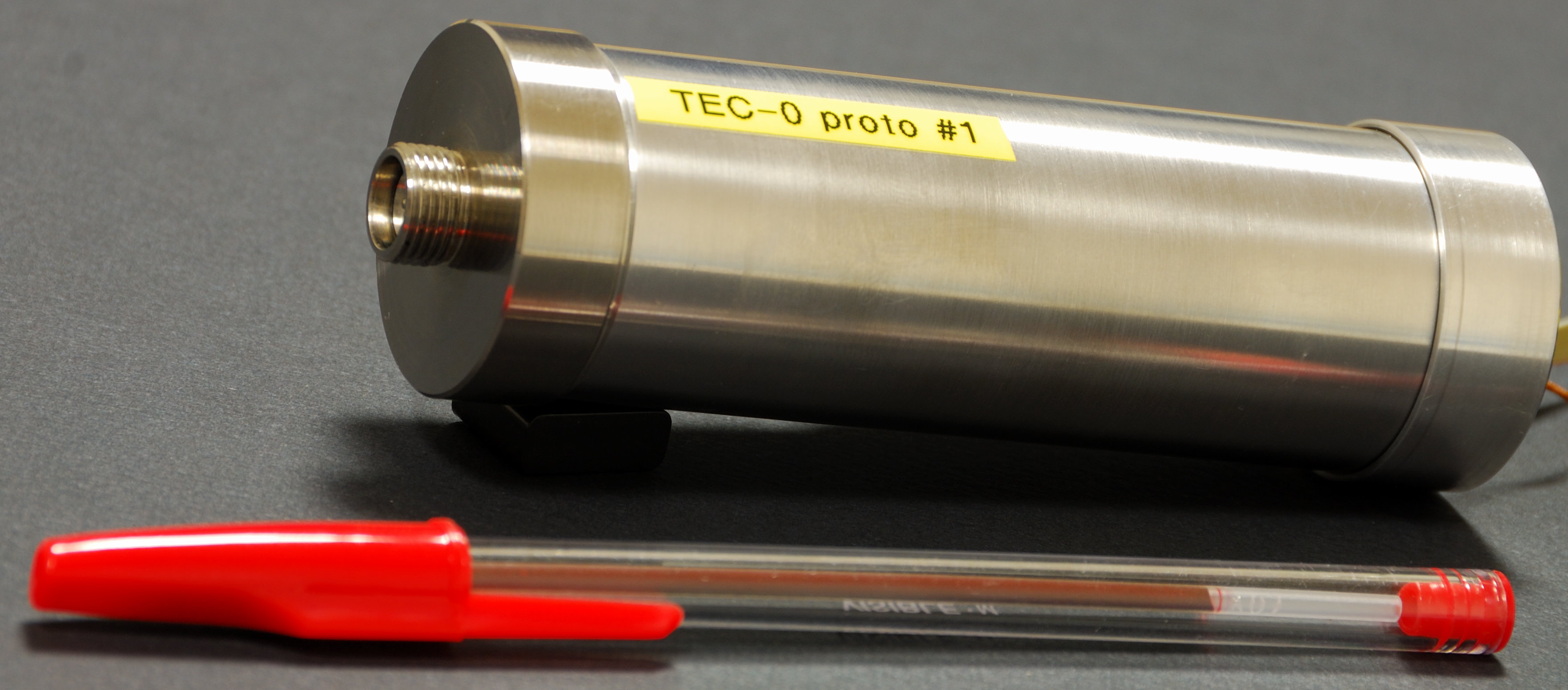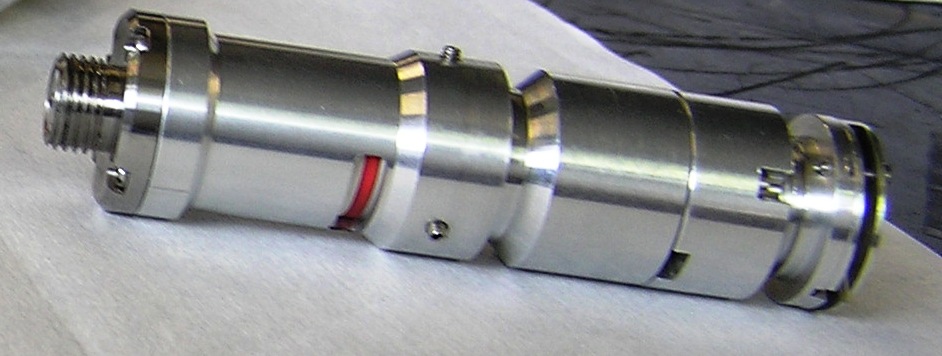Technologies
Contents
- Real-time control platforms and algorithms
- Simulation tools
- Detectors for Wavefront sensing
- Deformable mirrors
- Lasers for Adaptive Optics
Real-time control platforms and algorithms
SPARTATM, the ESO Standard Platform for Adaptive optics Real Time Applications, is the real time computing platform serving 3 major 2nd generation instruments at the VLT (SPHERE, GALACSI and GRAAL) with plans to serve more, smaller, instruments in the near future. SPARTA offers a very modular and fine-grained architecture which is generic enough to serve a variety of AO systems. SPARTA includes the definitions of all the interfaces between those modules and provides libraries and tools to implement and test the various modules as well as a map to technologies capable of delivering the required performance, most of them innovative with respect to ESO standards in use. For the above mentioned instruments, SPARTA provides also a complete implementation of the AO application, with features customized for each of the 3 instruments. We present here the architecture of SPARTA, its technologies, functions, performance and test tools as well as the plans to increase the reach of the platform to smaller system with what we call SPARTA Light.
Simulation tools
The ESO AO simulation tool (OCTOPUS) aims at simulating large AO systems such as those found in the Adaptive Optics Facility or the E-ELT.
We simulate AO systems. The major part of our simulations is made with the Adaptive Optics simulation tool Octopus, which is able to simulate full AO systems. We also sometimes need to simulate specific parts of an AO system, to study or solve particular issues (spot elongation with laser guide stars, tip-tilt sensitivity, …) for which we develop dedicated reduced simulating tools.We describe here Octopus, our main simulation tool, and what we can achieve with it.
Detectors for Wavefront sensing
Adaptive optics systems strongly rely on low noise fast read-out detectors (in the visible and in the near infrared) for wavefront sensing. The type of detectors depends on the wavefront sensor concept: CCD or CMOS detectors for Shack-Hartmann/pyramid wavefront sensors and avalanche photo diode detectors for curvature wavefront sensors. Since the 90s, ESO has supported the development or make use of these detectors for its existing adaptive optics systems.
- NAOS/CONICA is equipped with visible and infrared Shack-Hartmann wavefront sensors using respectively the E2V CCD 50 specially developed for this application and the Rockwell Hawaii I detector in an optimized read-out mode.
- MACAO/SINFONI/CRIRES adaptive optics system, based on visible curvature wavefront sensors are making use of visible avalanche photodiode manufactured by Perkin-Elmer.
- MAD based on visible SHack-Hartmann and pyramid wavefront sensors is making use of the thw E2V CCD 39.
- SPHERE and AOF based on a visible high order Shack-Hartmann wavefront sensor are making use of specifically developed L3CCD detectors(CCD220) from E2V.
- For the future adaptive optics systems for the E-ELT, ESO is pursuing a development of natural and laser guide stars Shack-Hartmann wavefront sensor detector aiming at fulfilling the requirements of the first generation systems at the E-ELT. More information can be find at the following link.
- For both the adaptive optics wavefront sensing/fringe tracking at the VLT and the low order wavefront sensing at the E-ELT, the need for low noise fast read-out infrared detector has been identified and the development is been pursued by the infrared department at ESO.
Deformable mirrors
The development of deformable mirrors technologies is made through European Commission Programmes with the involvement of industry.
Piezo-electric actuators
To explore the different possibility of parameters in term of actuator spacing, stroke, and shape of the mirror, three different prototypes have been developed in the frame of FP6 opticon JRA1 and FP6 ELT design study. Mini deformable mirror with 50x50 actuators,an inter-actuator distance as small as 1 mm with 3 micron PV stroke was successfully manufactured. A 28x28 actuator array mirror with concave shape using 3.5 mm actautor inter-spacing and reaching 9 micron PV stroke was also prototyped. With larger inter-actuator spacing, the SPHERE deformable mirror with 41x41 actuators on 180 mm pupil diameter provides a maximum stroke higher then 7 micron PV. These two prototypes have been developed by CILAS
 |
 |
| Concave mirror | Mini deformable mirror |
Voice coils actuators on large deformable mirrors
One of the objective of the FP6 ELT Design study programme was to explore the feasibility of large deformable mirrors with eithera reasonable stroke and high actuator density or a large stroke with larger inter-actuator distance. Voice coil actuators were the ideal candidates for such technological step. A new type of voice coil actuator - a contact-actuator - was developed to fulfill these requirements. An actuator called TEC-0 with 400 micron stroke PV and a diameter fitting in 50mm inter-actuator distance was successfully developed as well as a 100 micron stroke PV actuator called TEC-1 for 25 mm inter-actuator spacing.These two new actuators have been developed by Microgate and ADS-International under a contract made by INAF-Arcetri
 |
 |
| TEC-0 actuator | TEC-1 actuator |
Voices coil actuators on small deformable mirrors
In the frame of FP6 opticon JRA1, ESO pushed forward the development of small deformable mirrors with voice coil actuators. 97 actuators magnetic deformable mirror with 1.5mm pitch was successfully developed providing more than 30 micron on 3x3 actuator and more then 3 micron inter-actuator stroke.
Laser for Adaptive Optics
coming soon
What's new?
Check for the next lunch Talk.
Quick Links
- Home
- Adaptive Optics group expertise and activities
- Adaptive Optics Systems
- Adaptive Optics Technologies
- AO lunch talks
- Other useful links
Special Event: 20 years of Adaptive Optics at ESO
Contact Us
